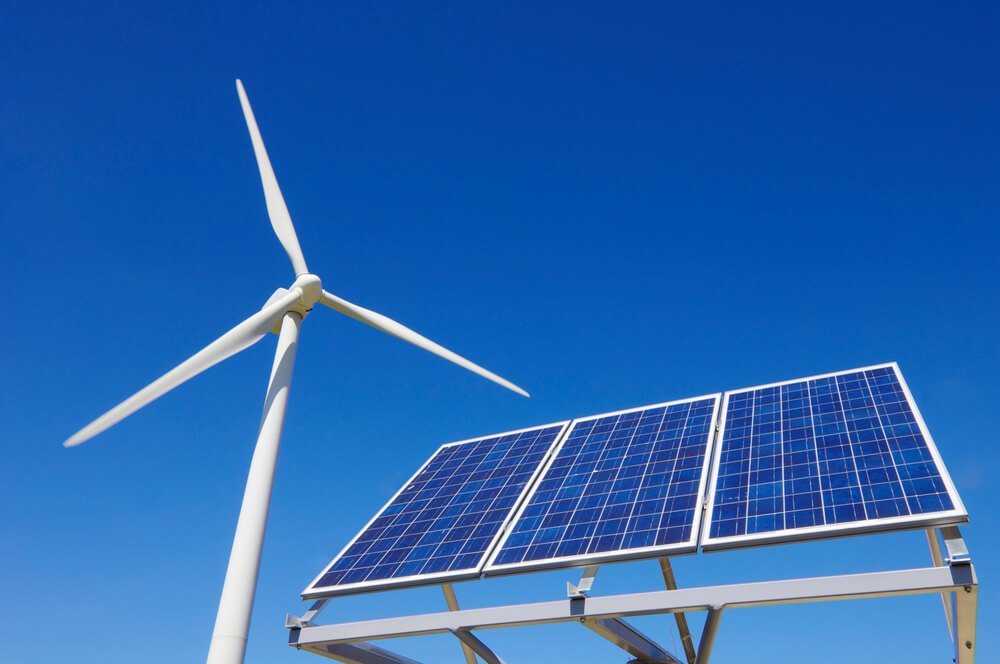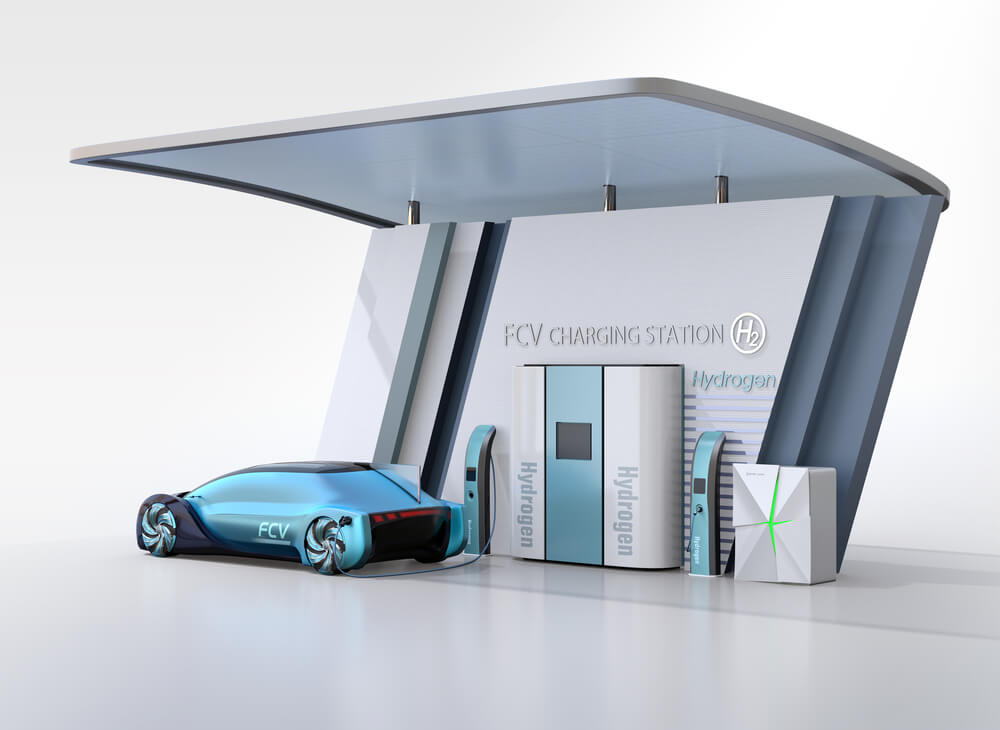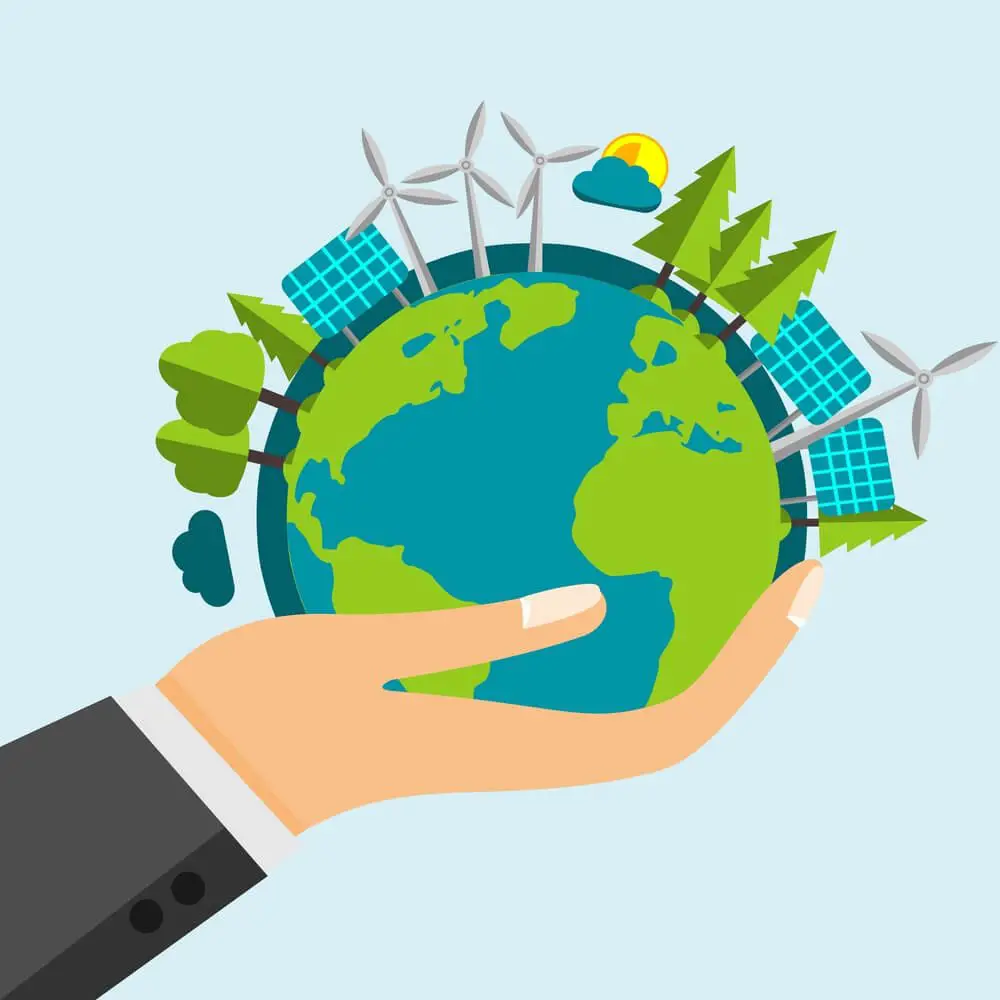Electricity is something we all need. Unfortunately, it is the main cause of air pollution in the United States.
The majority of our electricity is powered by non-renewable energy sources like nuclear, coal, and other power plants.
These resources cause pollution in not only the air, but the land and water as well.
Renewable energy is a way to still produce electricity with far less impact on the environment.
With renewable sources of energy, we can make electricity without creating CO2 and pumping it into the environment.
Renewable energy uses natural resources to produce electricity.
They have the ability to replenish without impacting any of the Earth’s resources.
They can be used anywhere and cause little to no damage to the environment.
Renewable energy sources are not finite like coal, oil, and natural gas. Basically, renewable energy can provide us with the electricity we need with far less environmental damage.
Types of Renewable Energy
There are several different types of renewable energy offered right now. This makes it easy for people everywhere to have access to this type of electricity.
The different types are solar, wind, hydroelectric, geothermal, ocean, hydrogen, and biomass.
Solar Energy
Solar energy is probably the most popular renewable energy source.
It works by taking in the radiant energy from the sun and converting it to electricity, heat, and hot water.
This usually happens with the help of solar cells, which are the solar panels you will see on the roof of a house or business.
One of the main benefits of solar energy is that sunlight is endless.
Since we have the technology to harvest and store the energy from the sun, we have a limitless supply.
Using solar energy instead of fossil fuels makes it easy to improve environmental conditions. The main downfall is the upfront cost necessary to install solar panels.
Wind Energy
Wind energy uses the flow of the wind and turbines to convert wind to electricity.
There are commercial grade generating systems that are wind-powered and have the ability to power more than one business. There are also utility wind farms that are purchased by contract.
The main benefit of wind energy is that it is a completely clean energy source that doesn’t create any kind of pollution. It doesn’t produce any carbon dioxide or pump any harmful chemicals into the environment.
However, wind farms are usually built in remote areas, keeping it away from larger cities. Since the energy would need to be transported through transition lines, the cost will be higher.
Hydroelectric Energy
Most people will associate hydroelectric energy with dams. This is because as water moves through the dam, it powers the dam’s turbines to create energy and electricity.
This is called pumped-storage hydropower.
This energy source is extremely versatile and can be used for both large and small projects.
One large project is the Hoover Dam and smaller projects include rivers and streams.
This energy also doesn’t create any pollution and is incredibly environmentally friendly.
The main downfall is that most hydroelectricity plants will use more energy than they are able to produce, meaning it would need fossil fuels to pump water.
Geothermal Energy
Geothermal energy comes in the form of heat that is trapped beneath the Earth’s crust. It started to form more than 4.5 billion years ago with the help of radioactive decay.
This heat is captured and used to produce energy by using steam from heated water that pumps below the surface.
This energy source is nowhere near as common as the other types of renewable energy, but it has a huge potential as an energy supply.
It can be built underground, meaning there won’t be much of a footprint on land. Cost is the major downfall to this type of energy as it is expensive to set up and run.
Ocean Energy
The ocean has the ability to produce thermal and mechanical energy.
Thermal energy relies on the warm water of the surface to generate energy. Mechanical energy uses the flows of the tide to produce energy.
This happens with the rotation of the Earth and the gravity of the moon.
Ocean energy has the main benefit of being predictable. It is easy to estimate how much energy will be created and when.
Wave energy from the ocean is much more consistent than sunlight and wind and is reliable.
Those who live near an ocean will benefit much more from wave energy than those who don’t. Ocean energy also needs large machinery built to capture the wave energy.
Hydrogen Energy
To work properly, hydrogen will need to be combined with other elements, like oxygen.
When mixed, it will create water. When hydrogen is then separated from the other element, it can be used as fuel and electricity.
Hydrogen has the ability to work as a clean burning fuel, which will lead to less pollution and a much cleaner environment.
However, since it does need energy to be created, it isn’t really efficient to prevent pollution.
Biomass Energy
Finally, we have biomass energy. Biomass is organic and comes from plants and organisms that were recently living. Wood in a fireplace is a great example of biomass energy.
There are several different methods of turning biomass into energy, including burning biomass.
When creating biomass energy, carbon dioxide is generated and released into the air.
The good thing is plants will consume the same amount of carbon dioxide and create an atmosphere that is balanced.
This process can take a while, as plants take time to grow.
This means the carbon dioxide won’t automatically balance until new plants have grown.
Why is Renewable Energy Important?
Renewable energy sources are incredibly important for our environment.
When using a renewable energy source instead of fossil fuels, we are going to positively impact our environment.
Pollution will be lower because there will be no greenhouse gas put into the air.
This is extremely beneficial for the climate and environment.
How Does Renewable Energy Help the Environment?
There are so many ways that renewable energy helps the environment.
First, it decreases global warming.
As humans, we are overloading our environment with carbon dioxide, greenhouse gasses, and other emissions that are dangerous to the environment.
In the United States, more than 29 percent of our global warming emissions comes from the production of electricity. Renewable energy sources reduce this, creating a safer and healthier environment.
The decrease in water and air pollution will also be good for our health.
Natural gas and coal plants are known to create breathing problems, cancer, heart attacks, and multiple different health issues.
Without any of this, our health will improve drastically.
Summary
Renewable energy does a lot of different things, but the most important is it creates energy in a way that is sustainable and safer for our environment.
Renewable energy sources are infinite and not at risk of running out like fossil fuels.
Currently, the main disadvantage of renewable energy is the cost associated with setting up the system.
For example, large cities will need to pay more to have wind energy transported to them through transit wires and ocean energy is only beneficial for those near the ocean.
Solar energy is the most popular because it can be used just about anywhere.





